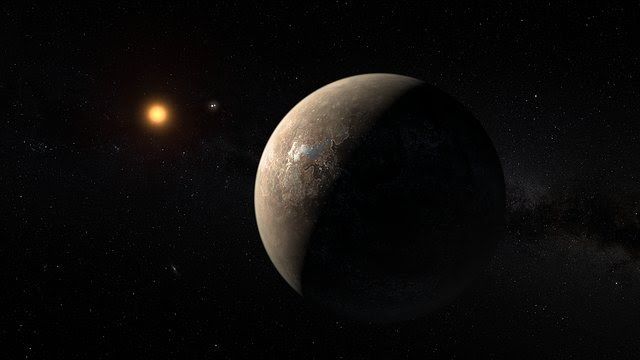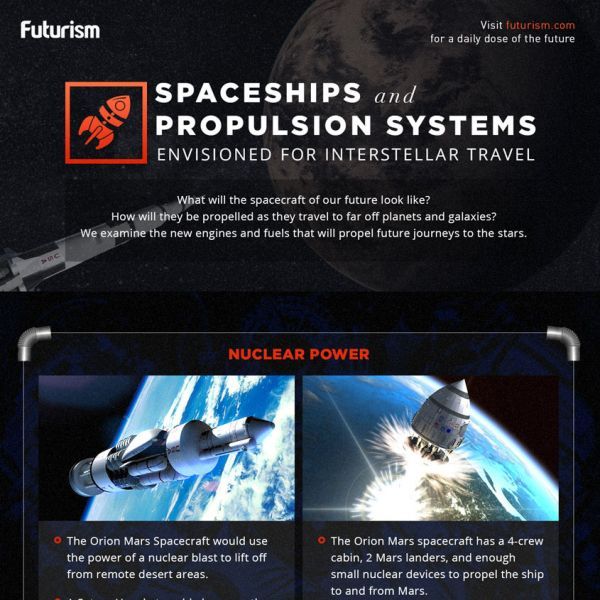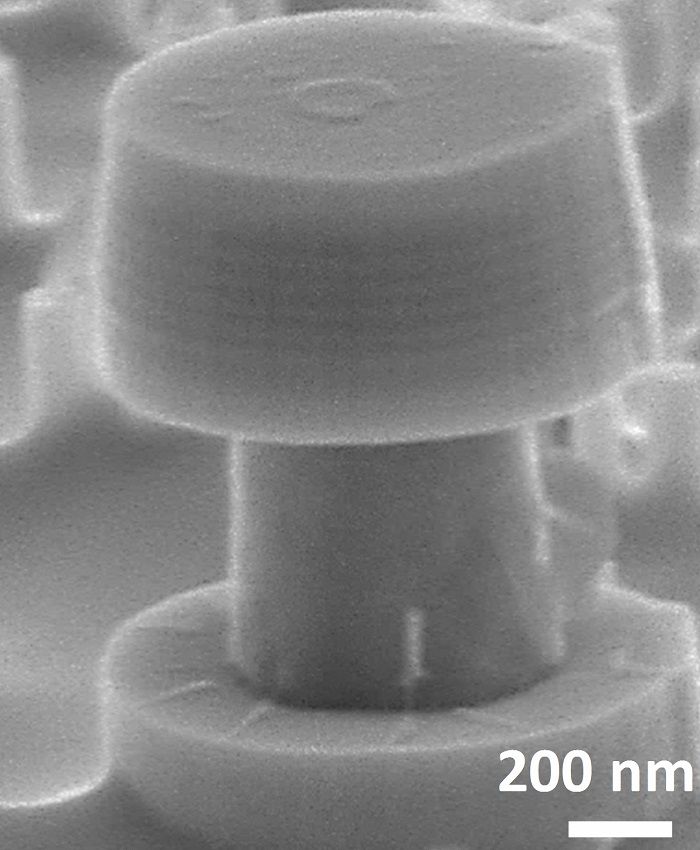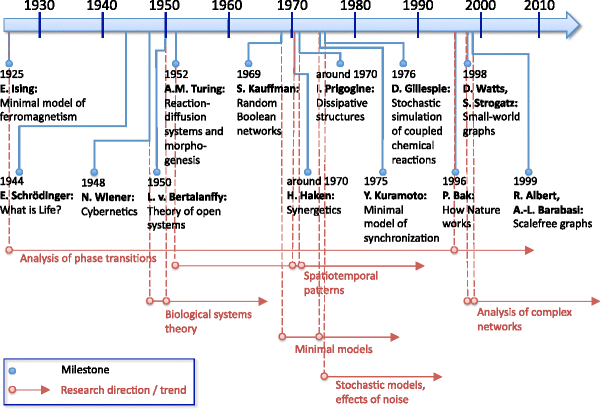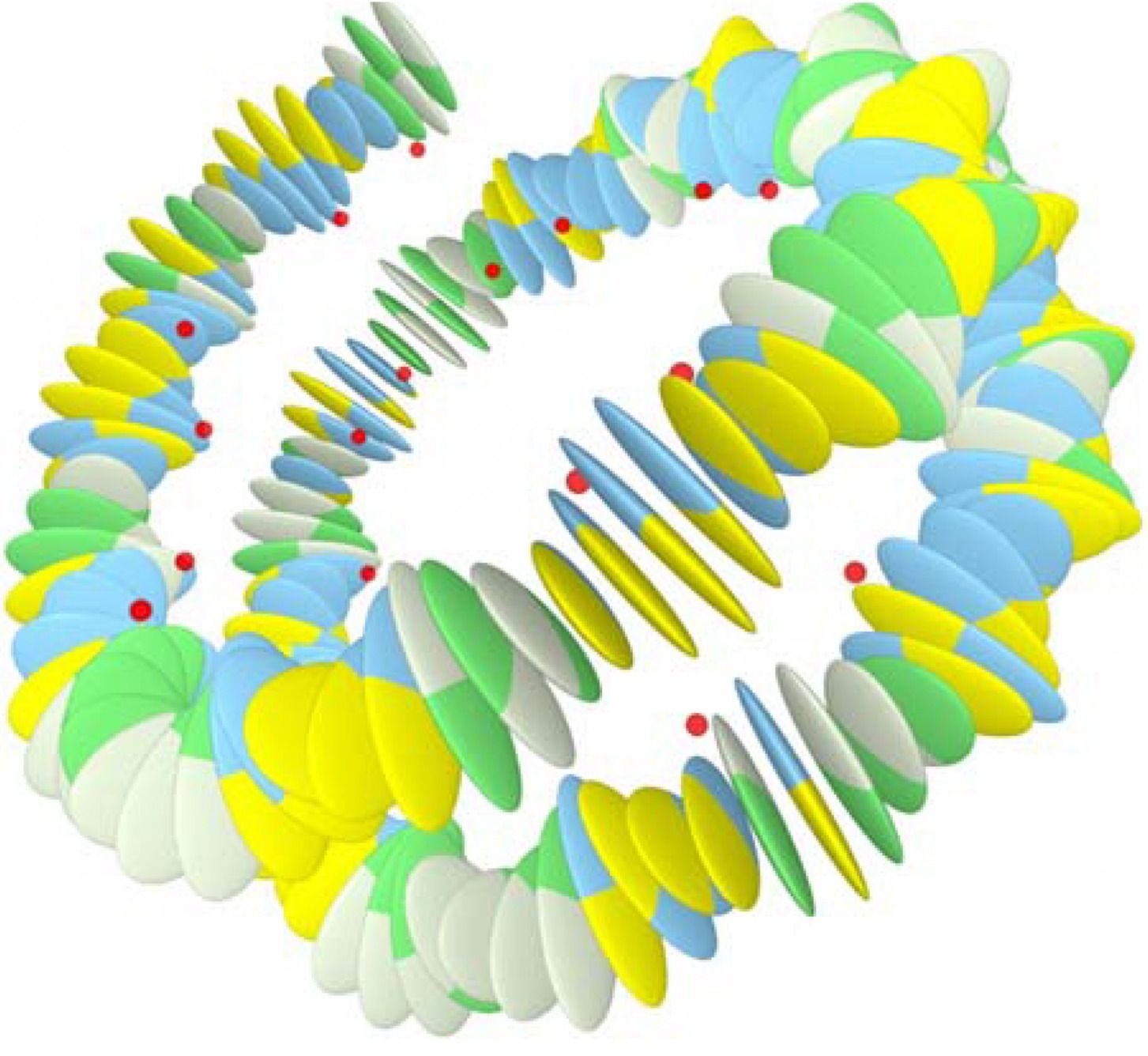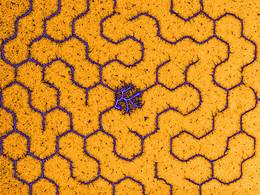
Abstract: Normally, individual molecules of genetic material repel each other. However, when space is limited DNA molecules must be packed together more tightly. This case arises in sperm, cell nuclei and the protein shells of viruses. An international team of physicists has now succeeded in artificially recreating this so-called DNA condensation on a biochip.
Recreating important biological processes in cells to better understand them currently is a major topic of research. Now, physicists at TU Munich and the Weizmann Institute in Rehovot have for the first time managed to carry out controlled, so-called DNA condensation on a biochip. This process comes into play whenever DNA molecules are closely packed into tight spaces, for example in circumstances that limit the available volume.
This situation arises in cell nuclei and in the protein shells of viruses, as well as in the heads of sperm cells. The phenomenon is also interesting from a physical perspective because it represents a phase transition, of sorts. DNA double helices, which normally repel each other because of their negative charges, are then packed together tightly. “In this condensed state they take on a nearly crystalline structure,” says co-author and TU professor Friedrich Simmel.
Read more
